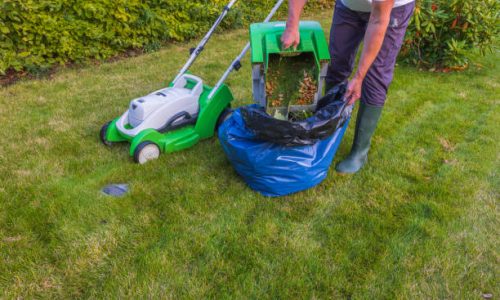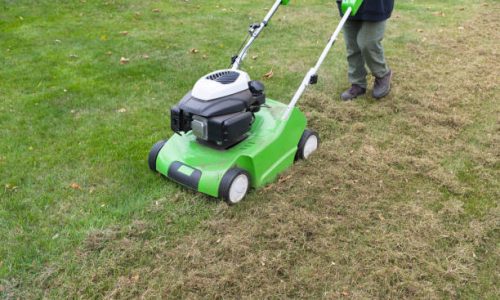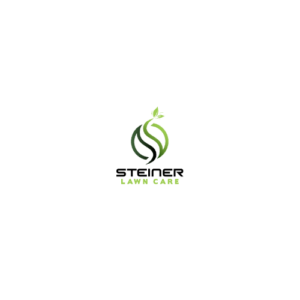Remember the joy of a lush, vibrant lawn? You spent countless hours nurturing it, and it rewarded you with a beautiful green carpet. But lately, things have changed. The once-proud lawn seems to be disappearing, replaced by patchy areas, stunted growth, and a sense of frustration & Thatch Buildup. Fear not, fellow homeowner! This guide sheds light on a hidden enemy that might be lurking beneath the surface – thatch.
Thatch is a layer of organic matter composed of dead grass roots, stems, and stolons (shoots) that accumulates between the soil surface and the living grass blades. While a thin layer is natural and even beneficial, a thick thatch layer can become the villain in your lawn’s story.
Understanding Thatch Formation:
Thatch buildup can silently sabotage your lawn’s health. How can you tell if it’s the villain in your story? Here are some warning signs:


Before embarking on dethatching, it’s crucial to assess the severity of the thatch layer. Here are two simple methods:
Thatch removal, also known as dethatching, can be a powerful tool for lawn rejuvenation. However, it’s essential to consider the pros and cons before diving in:
Benefits of Dethatching:
